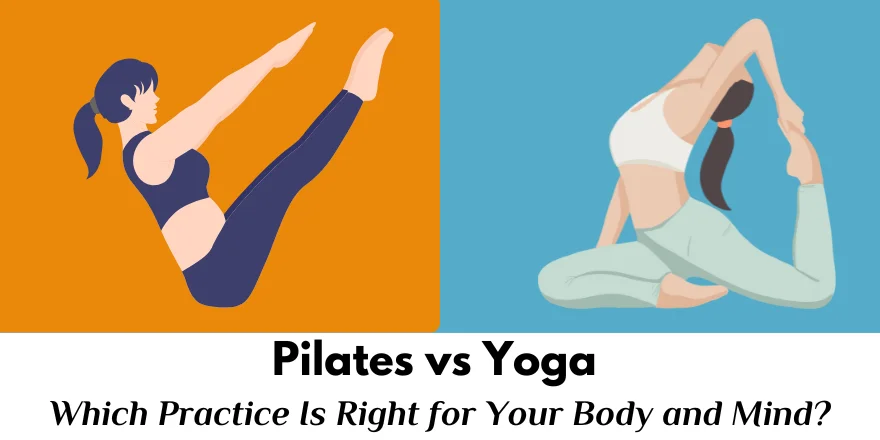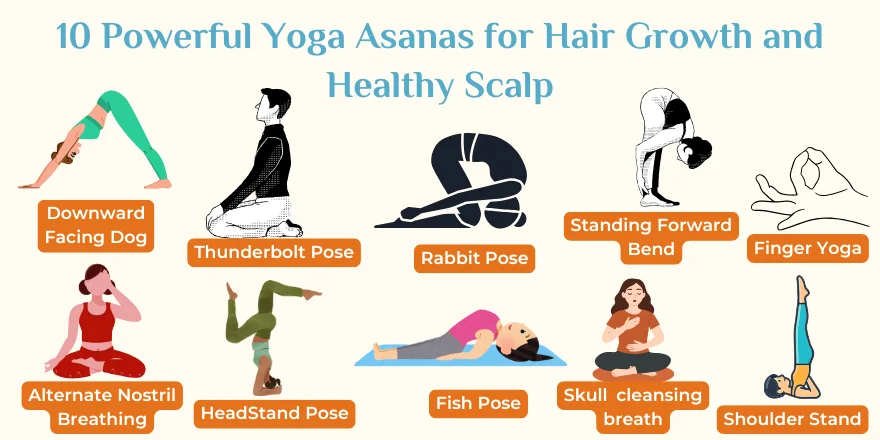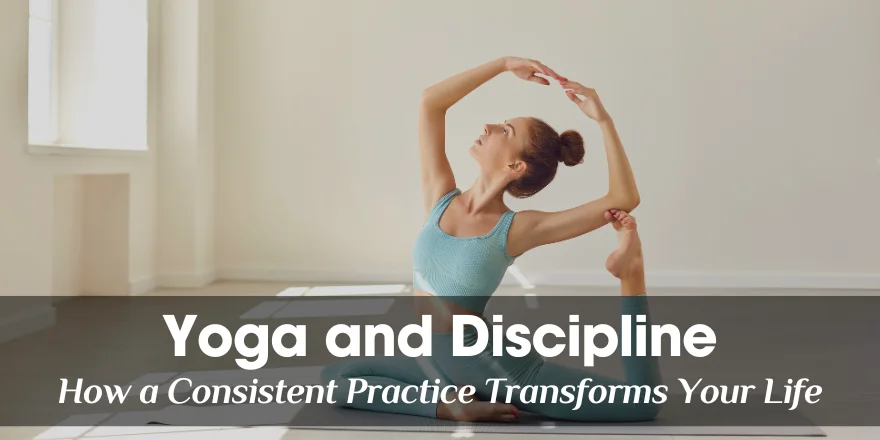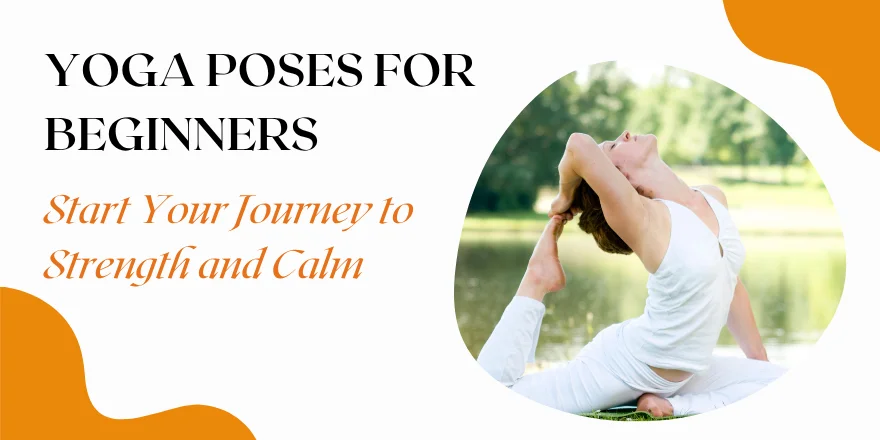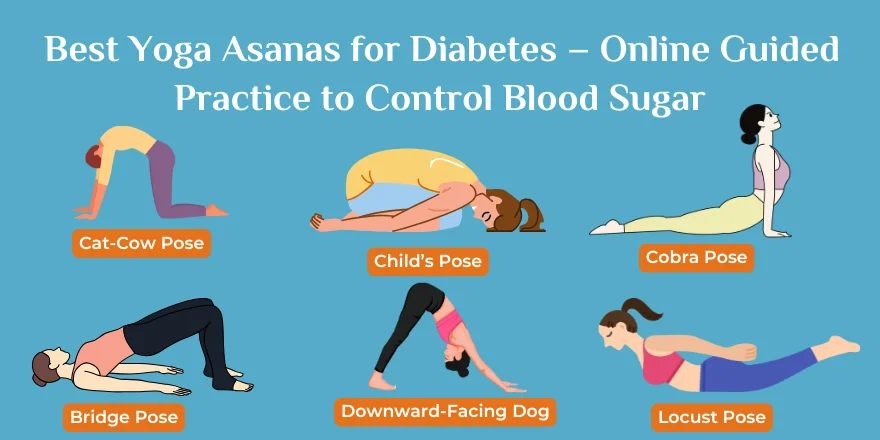In our fast moving world, fitness is not just about physical strength — it’s about balance, flexibility, mindfulness, and longevity. When it comes to holistic health, two names are constantly synonymous — Yoga and Pilates.
Both focus on building strength, increasing flexibility and promoting awareness of the mind and body, but they differ in origins, methodologies and benefits. Whether your goal is to build a strong core, improve your posture, or find peace of mind, knowing the difference between Pilates vs Yoga can help you decide which one is the right practice for you.
At Shiha Yoga, we integrate age-old yogic wisdom and contemporary wellness knowledge to support yogis worldwide — from the U.S. to India and beyond — moving body and mind into unity. Let’s break down the contrasts between Yoga and Pilates, their similarities and which one may be best for you.
The Origins: Ancient Wisdom Meets Modern Innovation
Yoga is an ancient Indian practice, with its origins going back over 5,000 years. Based in spiritual philosophy, it links the body, mind, and soul by means of asanas (poses), pranayama (breath control), and meditation. The end goal is to be self-aware and balanced — in body and mind.
Pilates is a new-age fitness technique created by Joseph Pilates in the beginning of the 20th century, as opposed to Yoga. It uses controlled movements, breathing and engagement of the core to increase strength, posture and flexibility.
Yoga works from the inside out, teaching peace and awareness, while Pilates works from the outside in, sculpting and strengthening the body with precision.”
Yoga vs Pilates: Key Differences and Similarities
While both practices share overlapping benefits like increased flexibility, better posture, and stress relief, their core focus differs:
| Aspect | Yoga | Pilates |
| Origin | Ancient India (spiritual + physical discipline) | Early 1900s, Germany (rehabilitation & core strength) |
| Primary Focus | Mind-body connection, flexibility, balance, relaxation | Core strength, stability, muscle control |
| Breathing Style | Deep, rhythmic pranayama to center the mind | Controlled breathing to power movement |
| Equipment | Mat, blocks, straps | Mat or specialized equipment (Reformer, Cadillac) |
| Goal | Mental peace, flexibility, holistic well-being | Physical strength, endurance, alignment |
Both offer fantastic health benefits, but which one is better for you depends on your fitness goals and body needs — whether that’s weight loss, core strength or relaxation.
Pilates Body vs Yoga Body: The Physical Differences Explained
When people talk about a “Pilates body vs yoga body,” they have visions of a slim, toned physique versus an elegant, flexible frame. While the two practices complement each other in that they tone and strengthen, the results slightly differ according to the movements and goals of each discipline.
Yoga body:
Regular yoga builds long, lean muscles and a flexible spine. It enhances balance, posture, range of motion, and general mobility and soothes the nervous system. Because it focuses on stretching, mindfulness and body awareness, yoga develops functional strength rather than bulk. Over time, practitioners develop what they describe as a more graceful, balanced body that feels lighter, more nimble and more alive.
Pilates body:
Pilates targets the core’s strength and stability, emphasizing your back, abs, and hips with movement from neutral spine. The result is a strong, fit body — especially in the abs, glutes and lower back. The precision of Pilates can help improve posture and give you the strong, sculpted look that dancers and athletes are known for.
In essence Yoga makes your body flow and feel balanced and Pilates makes it strong and aligned. And if you’re looking to get both flexibility and toning, the two together are a complete game changer – begin with Yoga poses for beginners and then gradually add in Pilates workouts for muscle tone.
Yoga vs Pilates for Weight Loss and Core Strength
One of the most frequently asked questions from fitness lovers is: “What Is Better for Weight Loss — Yoga or Pilates?” It all just depends on the class, how regularly you go and your body’s metabolism.
Yoga for weight loss:
Styles that have more movement like Vinyasa, Power Yoga, or Ashtanga Yoga will lead to a greater calorie burn. The emphasis on breath control also decreases stress hormones including cortisol, known for its role in accumulating fat. Furthermore, yoga improves digestion, detoxifies the body, increases lean muscle, helping you lose weight in the long run.
Pilates for weight loss:
Pilates isn’t really a fat-burning workout, but a fantastic body-sculpting one. It works deep core muscles, revs metabolism and helps correct posture — the three things that make your workouts more effective, and the three things that make you look better. With equipment-based Pilates, the number of calories you burn can really add up, particularly in full-body sessions.
But for core power, Pilates has a slight advantage. Everything starts from the “powerhouse” — the abs, hips, and lower back — which makes it one of the best exercises for improving core strength and spinal health. If you’re a novice to movement based fitness, start with online yoga classes to develop flexibility and mindfulness first, and then bring in Pilates gradually to strengthen your core and improve alignment. The two together can provide a lifetime, enjoy-to-do fitness program with benefits for your body and mind.
Yoga vs Pilates for Back Pain: Which One Helps More?
Back pain is now considered a common health problem and is mainly attributed to sedentary habits, stress, and bad posture. Both Yoga and Pilates are remarkable answers — but in different manners.
Yoga for back pain involves relaxing stretching, flexibility work, and spinal positioning. Poses such as Cat-Cow (Marjaryasana-Bitilasana), Downward Dog (Adho Mukha Svanasana), and Child’s Pose (Balasana) help soften the lower back, boost circulation, and strengthen your back-up muscle. The stress-reducing effects of the mindful breathing practice of yoga may also help lessen pain due to chronic conditions.
You can go deeper on this in our comprehensive guide on Yoga for Back Pain, which delves into effective asanas for long-term relief.
While pilates for back pain works by strengthening the core — the deep stabilizing muscles that support the spine. Pilates helps to heal deficiencies and prevent damage thanks to its slow, precise movements. Exercises such as Pelvic Curl, Spine Stretch Forward, and Bridge are particularly good for strengthening the lower back and enhancing mobility.
In conclusion:
- For stiffness or lack of flexibility related pain, begin with yoga.
- If your core is weak or you have a muscle imbalance, Pilates is better. The best of both worlds — a lithe spine and a strong, steady core.
Pilates Mat vs Yoga Mat: What’s the Difference?
At first the difference between a Pilates mat and a Yoga mat is not obvious, but the types of exercises on each is very different.
A Yoga mat is also thinner (about 3–4 mm) and provides a slightly sticky surface to help prevent slipping on certain postures, especially on standing or balancing poses. The mat’s firm consistency offers a stable foundation for poses such as Warrior II or Tree Pose. While yoga has a lot of floor and standing positions, you need a thin mat to give you a strong connection to the floor.
But Pilates mats have a different design – They are thicker (usually between 6 and 15 mm) to protect your spine and joints when rolling and doing some of the floor exercises. Pilates requires more lying-down and active core moves — like The Hundred or Rolling Like a Ball — and when you need extra padding to protect your back.
So, if you practice both disciplines, it’s best to have separate mats:
- Grab a thinner Yoga mat for balance and grip.
- Go for the thicker Pilates mat for cushy comfort and support for your spine.
When you have the best mat for your style, your options for your session are endless — be it online Yoga classes or Pilates at home!
How to Choose Between Pilates and Yoga
How to choose between Pilates vs Yoga (and is one really better than the other)? Your goals, fitness level and taste all come into play. Each strengthen the body and mind in different ways.
Opt for Yoga if you want to:
- Enhance your flexibility and mobility
- Alleviate stress and anxiety via mindfulness
- Develop balance and endurance and body mindfulness
- Go spiritual or meditative
Naturally recover from conditions like back pain or tension (see our guide on Yoga for Back Pain)
Go for Pilates if you want to:
- Engage your core and stabilizer muscles
- Enhance posture and alignment
- Firm up muscles and improve body control
- Recover from injuries with low-impact exercises - I promise they aren’t as boring as they sound. Focus on precision and controlled breathing without a spiritual aspect
Even so, you don’t have to pick one. Many teachers combine both — use Pilates to develop a strong foundation, then Yoga to stretch, relax, and connect mindfully.
If you’re new, try starting with Yoga Poses for Beginners to build flexibility and body awareness, and then add in Pilates as you go to build core strength. You can also sign up for online yoga classes (with Pilates elements) for a comprehensive experience.
Combining Pilates and Yoga: The Best of Both Worlds
A popular new trend in fitness these days is the fusion of Pilates and Yoga to gain the best of both worlds. The hybrid method provides the perfect blend between power and flexibility, awareness and muscle control, relaxation and accuracy.
Here is what you get when you bring them together in your practice:
- Better posture: Pilates works deep muscles that support your spine, yoga lengthens tight areas, creating balanced alignment.
- Better Flexibility: The active stretching of yoga works well against the more controlled pacing of pilates to help avoid getting too stiff.
- Core strength and stability: Both practices emphasize breathing control and using the core, which enhances balance and stamina.
- Relieve Stress: Yoga’s meditative nature allows you to be mentally present now while Pilates adds focus and discipline.
- Delay or prevent injury: The awareness and low-impact design of both make them accessible to anyone, regardless of age.
For now, experiment with the alternating sessions — Pilates one day, Yoga the next — or attend integrated online yoga classes accessible to all levels. To achieve a Pilates toned body or a tranquil Yoga mind, this double act embraces them both.
Conclusion: Finding Your Ideal Practice
Pilates vs Yoga, there is no clear winner — only which is better for your body and mind.
If you want to work on posture, core strength, and toning, Pilates may be your go-to.
For flexibility, relaxation, and peace of mind, Yoga is the ideal option.
They each have different routes to helping you be healthier, more mindful, and feeling better in general both provide. So, whether you’re gripping a Pilates mat or a Yoga mat, the end game is the same — to bring your body, breath, and mind together.
If you’re new to this world of Yoga begin with Yoga Poses for Beginners to get a good hold. Later, you can also take online yoga classes that incorporate elements of Pilates, allowing you to experience the fortitude of one and the serenity of the other.
In the end, the best practice is the one that makes your feel strong, grounded, and peaceful—inside and out.
FAQs on Pilates vs Yoga
1. Is Yoga Or Pilates Better For A Beginner?
They are both great for beginners. Yoga improves flexibility and mindfulness, Pilates emphasizes on controlled movements and core strength. For the uninitiated, start with simple Yoga poses to build mobility and body awareness, then incorporate Pilates for added strength and precision.
2. Pilates better than Yoga for weight loss?
It depends on how intense you undertake either of these activities for weight loss: Pilates v Yoga. Pilates builds core strength and tones the body, so you burn slightly more calories, while Yoga boosts metabolism, reduces stress and balances hormones. The two together also have the best outcome in terms of keeping the four digits on the scale.
3. Should I Buy Both a Yoga Mat and Pilates Mat?
While you can own one to use in them both, there is a tiny disparity between a yoga mat and a Pilates mat. Pilates mats are typically thicker (about ½ inch) to provide more cushioning for your spine, whereas yoga mats are thinner (approximately ¼ inch) to enhance stability when performing balancing poses. Select based on your comfort and practice.
4. What is better for back pain yoga or pilates?
Both are great for back pain. Yoga stretches and relaxes tight muscles, increasing flexibility while Pilates strengthens the core to prevent further pain. For chronic back pain, begin slowly, and talk to your instructor. For a holistic cure, you can also find specialized yoga for backpain classes online.
5. Can you do Pilates and Yoga at the same time?
A Pilates-Yoga fusion workout? You can start your class off with Pilates to work your core and then move on to Yoga to stretch and unwind. These days a great many online yoga classes provide this fusion, giving you strength, balance and mindfulness in a single practice session.


